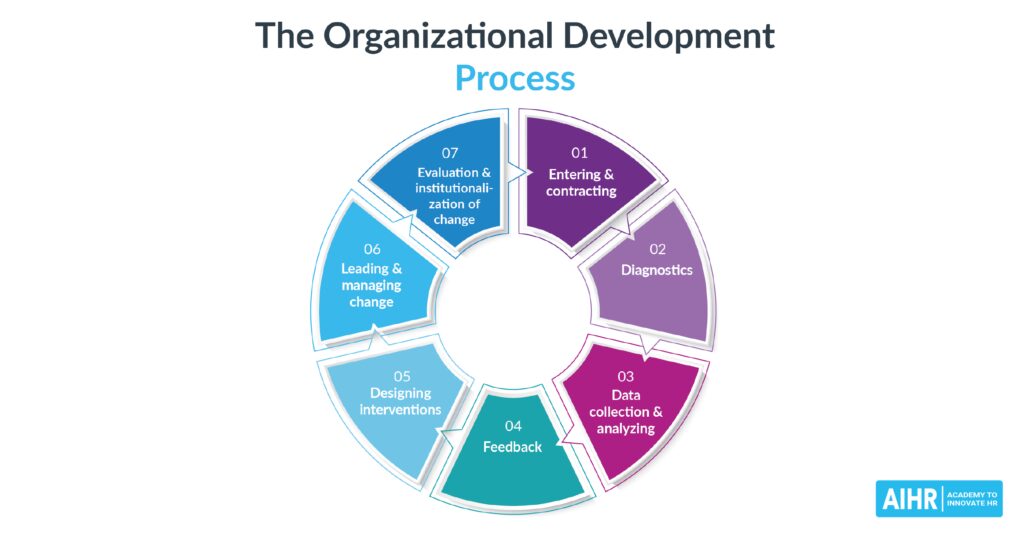Game developers rely on a range of frameworks and tools to create their games. Game engines such as Unity, Unreal Engine, CryEngine, and Godot provide developers with a set of tools and frameworks to create, design, and manage various aspects of a game. Graphics libraries like OpenGL, DirectX, and Vulkan provide developers with tools to render 2D and 3D graphics in a game, while audio libraries like FMOD, Wwise, and OpenAL are crucial for creating immersive sound effects and music. Game development tools, including Autodesk Maya, Adobe Photoshop, and Visual Studio, streamline the game development process, providing features to create, manage, and deploy game code.
Breaking Down the Tech Behind Gaming: A Look at the Frameworks and Tools Used by Game Developers
Introduction
The world of gaming has come a long way since the days of Pong and Space Invaders. Today’s video games are complex, immersive, and often push the limits of what technology can do. But have you ever wondered what goes into making a video game? What frameworks and tools do game developers use to bring their ideas to life? In this article, we’ll break down the tech behind gaming and explore the various frameworks and tools that developers use to create video games.
Game Engines
Game engines are the foundation of every video game. They provide developers with a set of tools and frameworks that they can use to create, design, and manage various aspects of a game. Game engines vary in terms of features, but most of them include tools to handle physics, graphics, sound, and networking.
Some of the most popular game engines include Unity, Unreal Engine, CryEngine, and Godot. Unity is one of the most widely used game engines, and it’s known for its ease of use and robust feature set. Unreal Engine is another popular option, and it’s often used to create visually stunning games with realistic physics systems.
Graphics Libraries
Graphics libraries are another critical component of game development. They provide developers with the tools they need to render 2D and 3D graphics in a game. Some of the most popular graphics libraries include OpenGL, DirectX, and Vulkan.
OpenGL is a cross-platform graphics library that supports 2D and 3D graphics. It’s widely used in the gaming industry and is often the preferred choice for developers that want to create high-performance games on multiple platforms. DirectX is a Windows-only graphics library that’s widely used in the gaming industry. It provides developers with tools to create visuals that are optimized for the Windows platform. Vulkan is a relatively new graphics library that’s similar to OpenGL but with better performance and more advanced features.
Audio Libraries
Audio libraries are essential for creating immersive sound effects and music in a game. Some of the most popular audio libraries include FMOD, Wwise, and OpenAL.
FMOD is an advanced audio library that provides developers with tools to create complex soundscapes in a game. It includes features like a real-time mixer, advanced DSP effects, and support for surround sound. Wwise is another powerful audio library that’s often used in AAA games. It provides developers with tools to create adaptive soundtracks that adjust based on the player’s actions in the game. OpenAL is a cross-platform 3D audio library that’s often used to create spatialized sound in a game.
Game Development Tools
Game development tools are software applications that provide developers with a range of tools to create and manage various aspects of a game. These tools range from level editors to asset managers and are essential for streamlining the game development process.
Some of the most popular game development tools include Autodesk Maya, Adobe Photoshop, and Visual Studio. Autodesk Maya is a 3D modeling and animation tool that’s often used to create character models and environments in a game. Adobe Photoshop is an image editing tool that’s often used to create textures for game environments and character models. Visual Studio is a software development tool that’s widely used in the gaming industry. It provides developers with a range of features to create, debug, and deploy game code.
Conclusion
In conclusion, game development is a complex process that requires a range of frameworks and tools to bring ideas to life. Game engines provide developers with a set of tools and frameworks to create, design, and manage various aspects of a game, while graphics and audio libraries provide developers with the tools they need to create immersive visuals and sound. Game development tools help streamline the development process by providing developers with a range of features to create, manage, and deploy game code. The tech behind gaming is constantly evolving, and it’s exciting to see what new advancements will come next.
